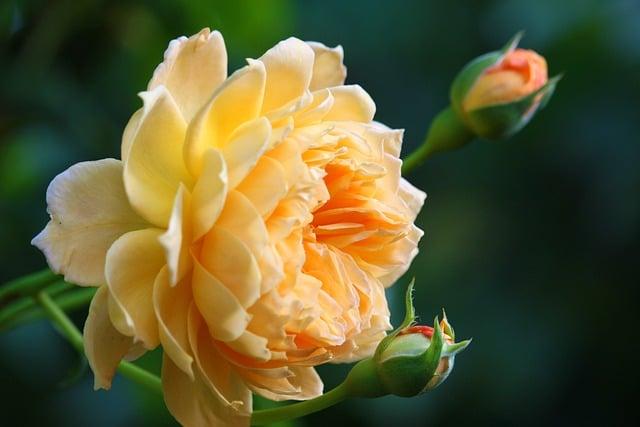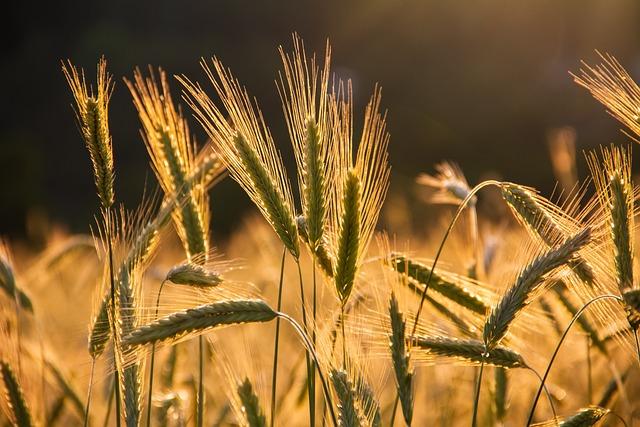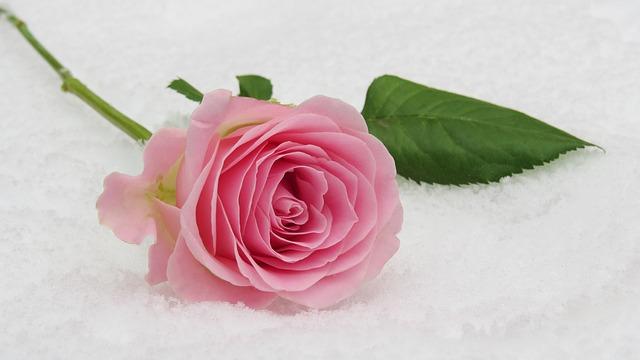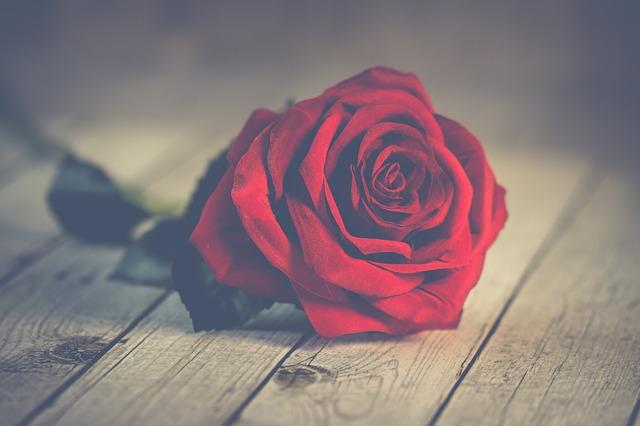- Introduction
- Classification of Roses
- Popular Rose Varieties
- Cultivating and Caring for Roses
- Symbolism and History of the Rose
- Conclusion
- FAQs
- References
Introduction
Roses, belonging to the Rosa genus, are some of the most recognizable and celebrated flowers globally. Known for their beauty, fragrance, and deep symbolism, they play a significant role throughout history in both cultural and horticultural contexts. This article will delve into the classification of roses, explore some of the most popular varieties, provide tips on cultivation and care, and discuss the rich symbolism associated with this stunning flower.
We’ll also answer some frequently asked questions to provide a comprehensive guide for all rose enthusiasts.
Classification of Roses

(Image: Pixabay/@geralt)
Roses are classified into several main categories, primarily based on their breeding history. The primary classifications are:
1. Wild Roses
Wild roses are the ancestors of our modern garden roses. These species are native to various regions and often bloom only once per year. They are characterized by their simple, five-petaled flowers and thorny stems. Popular wild roses include Rosa rugosa and Rosa glauca.
2. Old Garden Roses
This group refers to roses that existed before the first hybrid tea rose was introduced in 1867. Known for their rich fragrance and resilience, old garden roses such as Damask, Gallica, and Bourbon roses remain a favorite among rose enthusiasts seeking traditional varieties.
3. Modern Garden Roses
Modern roses came into prominence after 1867. This category includes hybrid teas, floribundas, and climbing roses. Thanks to selective breeding, today's roses come in various colors, shapes, and sizes, emphasizing longer blooming periods and unique features like larger blooms or more robust fragrances.
Popular Rose Varieties

(Image: Pixabay/@KRiemer)
The world of roses offers thousands of different varieties. While it’s impossible to cover them all, here are some of the most iconic and beloved varieties:
1. Hybrid Tea Roses
Often regarded as the classic rose, hybrid tea roses feature one large flower bloom per stem, ideal for use in cut flower arrangements. 'Peace' and 'Mister Lincoln' are celebrated examples of this variety.
2. Floribunda Roses
These roses offer clusters of smaller blooms on each stem, providing a stunning display when in full bloom. Floribundas like 'Iceberg' and 'Julia Child' are highly favored for their brightness and abundance of flowers.
3. Grandiflora Roses
A crossbreed between hybrid tea and floribunda roses, grandifloras like 'Queen Elizabeth' are known for combining the large blooms of hybrid teas with the profuse flowering of floribundas.
Cultivating and Caring for Roses

(Image: Pixabay/@NickyPe)
Growing roses can be a rewarding gardening experience, but it requires careful attention to their specific needs. Here are some crucial aspects of rose cultivation:
1. Choosing the Right Location
Roses thrive in locations that receive at least 6 hours of direct sunlight each day. Well-drained soil is essential for preventing root rot, so make sure your garden has good drainage. Amending soil with organic compost can also help boost nutrient content.
2. Watering Practices
Roses require consistent watering, especially during dry periods. However, avoid overhead watering that can lead to fungal diseases. It's best to water at the base of the plant in the early morning to allow leaves to dry off during the day.
3. Pruning Tips
Pruning is essential for promoting healthy growth and maintaining the shape of your rose bush. Prune back older branches to encourage newer, more vigorous growth, and be sure to remove any dead or diseased wood immediately.
Symbolism and History of the Rose

(Image: Pixabay/@Katzenfee50)
The rose has held deep symbolic meaning for centuries, often representing love, beauty, and balance. In different cultures, the rose has been woven into myths, religions, and history, symbolizing concepts ranging from passion to purity.
1. Roses in Ancient Civilizations
The ancient Greeks, Romans, and Egyptians venerated the rose for various purposes. The Greeks often associated the rose with their goddess of love, Aphrodite, while the Romans used it in religious ceremonies and as decorations to honor the dead.
2. Victorian Era and the "Language of Flowers"
In the 19th century, the Victorians developed a system known as floriography, or the "language of flowers." In this system, giving someone a red rose symbolized love, while white roses were linked to purity and innocence. Yellow roses symbolized friendship or jealousy, depending on cultural context.
3. Modern Interpretations
Even today, roses hold powerful meanings in all aspects of life. They are featured prominently in literature, art, and even politics. For example, the red rose has long been associated with socialist movements worldwide.
Conclusion
Few flowers can claim the widespread cultural, historical, and horticultural significance that roses do. Whether admired for their fragrance, loved for their symbolism, or cultivated for their beauty, roses remain an iconic flower in gardens and homes across the world. From wild varieties to modern hybrids, caring for these plants provides immense satisfaction alongside beauty in every blossom.
FAQs
What type of soil is best suited for growing roses?
Roses prefer well-drained, loamy soil with a slightly acidic pH of 6.0 to 6.5. Adding organic compost can also improve soil structure and provide the necessary nutrients for optimal growth.
How often should I fertilize my roses?
Roses benefit from regular feeding during their growing season. A balanced fertilizer can be applied every four to six weeks, while organic options like composted manure can give your roses a slower, consistent supply of nutrients.
Why are my rose leaves turning yellow?
Yellowing leaves may indicate several issues, such as overwatering, poor drainage, nutrient deficiencies, or disease. It’s important to assess the situation carefully, ensuring proper watering practices and examining for pests or fungal infections.
Can I grow roses in pots or containers?
Yes! Many rose varieties adapt well to container gardening. Ensure the pot is large enough to accommodate the root system and use quality potting mix. Containers should have proper drainage holes to prevent waterlogging.
Do roses attract pollinators?
Yes, roses are highly attractive to pollinators such as bees and butterflies, providing them with nectar and pollen. Single-petal roses, in particular, tend to be the most pollinator-friendly.

